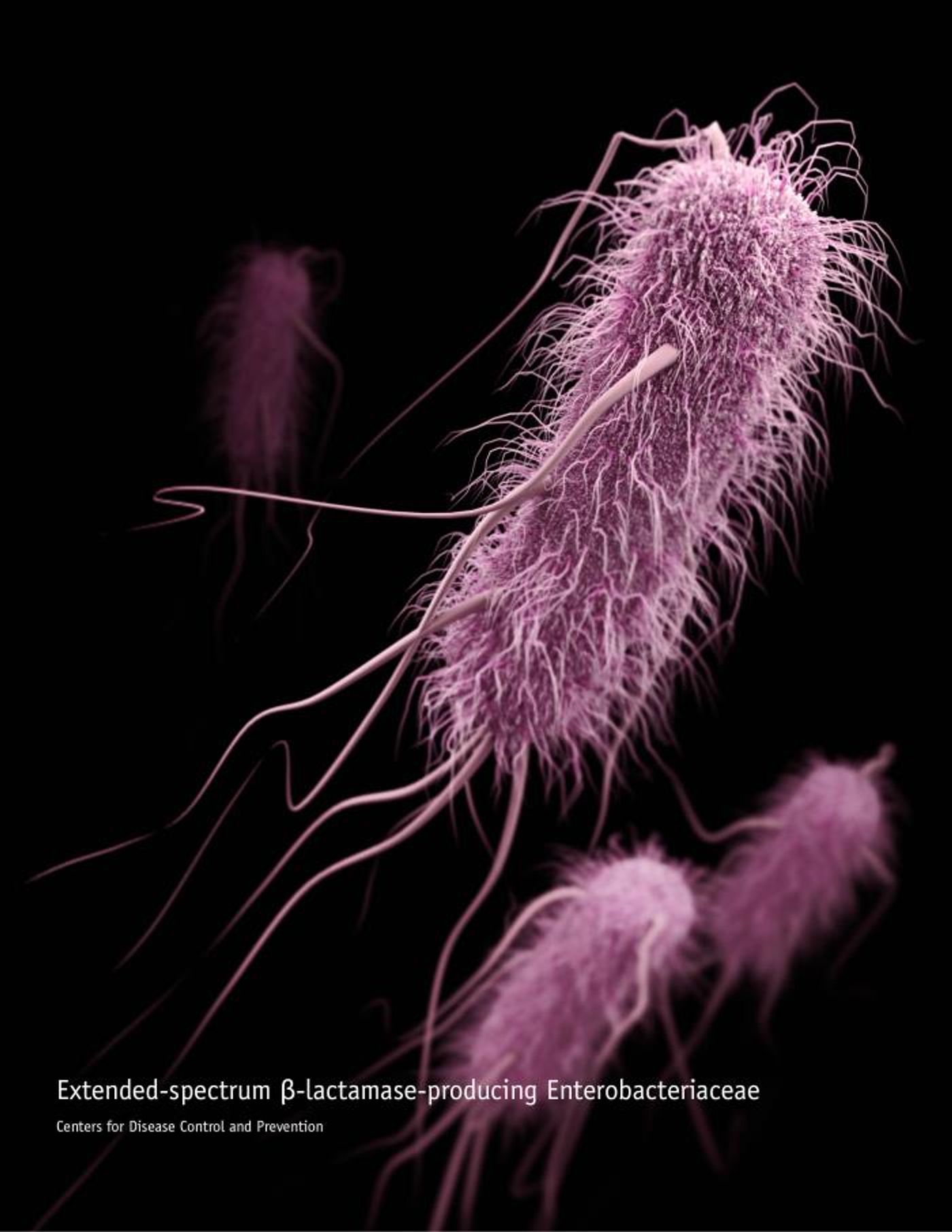A Virulent, Drug-Resistant E. coli Strain Has Been Identified in Patients
Escherichia coli is a microbe that is a natural resident of the gastrointestinal tract. Some strains of this microbe can cause serious infections, however, and they may generate nasty toxins. Some are also drug-resistant strains of E. coli that cause tenacious infections that are difficult to eliminate. Antibiotics known as carbapenems are often powerful enough to eliminate these drug-resistant E. coli infections. In a new study reported in Nature Communications, scientists have now reported on the discovery of a new type of E. coli that is both extremely infectious and resistant to carbapenems. The research suggested that E. coli pathogens may soon be resistant to these last-resort drugs.
This is not the first strain of carbapenem-resistant Escherichia coli (CREC) to be identified. A version of E coli known as ST410 became the most common strain of drug-resistant E. coli in Chinese hospitals from 2017 to 2021. The latest strain, which was described in the new study, is stronger and more virulent than ST410; it is now known as B5/H24RxC, and it is already responsible for two disease outbreaks at a Chinese children's hospital.
Laboratory testing indicated that the B5/H24RxC strain grows more rapidly and causes more severe illnesses in humans compared to previous strains.
Researchers have hypothesized that as E. coli strains evolve to resist bacteria, they are less able to cause illness in people, noted study co-author Professor Alan McNally from the University of Birmingham. This latest strain has shown otherwise, however. It is gaining antibiotic resistance while becoming more pathogenic.
"This is a worrying new trend and we would now urge surveillance labs across the world to be on the look out for this new clone which we know has spread beyond China," said McNally.
In this study, the researchers examined 388 isolates of CREC that had been obtained from patient samples. Because this strain appeared frequently in urine samples, the study authors suggested that it may be related to urinary tract infections.
"Our study highlights the evolving landscape of antimicrobial resistance within clinically significant pathogens, such as E. coli, emphasizing the urgent need for collaborative efforts to address and mitigate this escalating challenge in global public health," said first study author Dr. Ibrahim Xiaoling Ba, a Senior Research Associate at the University of Cambridge.









